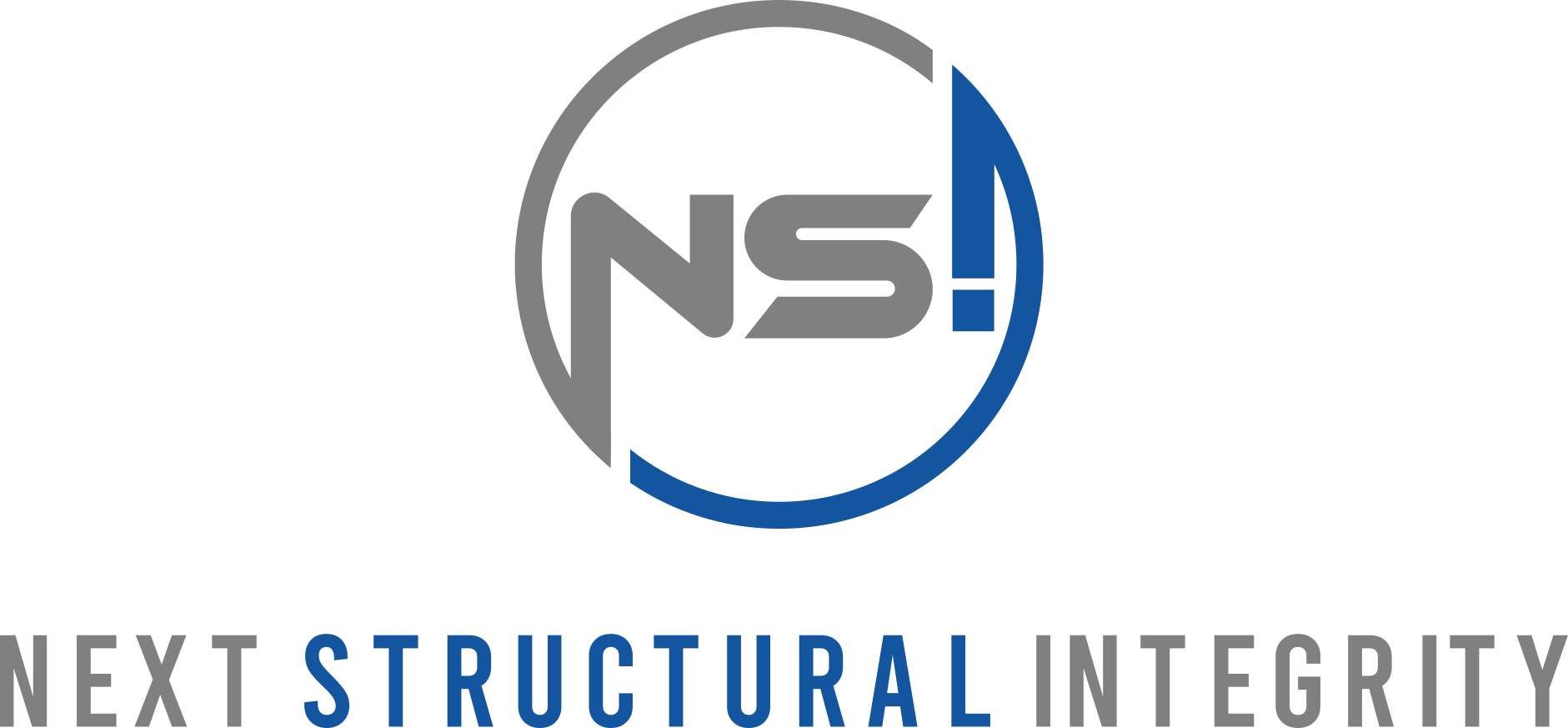NSI’s expertise in Finite Element Analysis provides its clients with key services to qualify their systems, structures, and components in accordance with well-established codes and standards. Our advanced engineering capabilities with finite element analysis include:
MULTISCALE MODELLING OF COMPLEX GEOMETRIES
Our advanced CAD modelling capabilities allow us to model, analyze and optimize the most complex designs.
FITNESS FOR SERVICE (FFS)
Fitness for Service is a fast-growing analysis sector. It allows owners to extend the working life of plants and maximize return on their investments while maintaining the highest safety standards. Our FFS experts perform analysis on piping and in-line components such as elbows, valves, pumps, and heat exchangers, per the most rigorous acceptance criteria. Analysis of degraded piping and equipment is performed via a multi-level approach based on API 579-1 guidelines, which provides stakeholders with a greater understanding of the degradation mechanism and its driving factors. Recurrent flaws routinely investigated include general and local metal loss, pitting corrosion, hydrogen blisters, weld misalignment and shell distortions, crack-like flaws, fire damages, dents and gouges, and laminations. Reliability analysis is also performed when the uncertainty associated with the variables controlling the degradation process is deemed too high for a deterministic analysis. Our experts can perform analysis from all detailed thickness mapping measurements such as ultrasonic measurements.
CODES AND STANDARDS EXPERTISE
Our analysis group has extensive experience in the qualification of systems, structures, and components to the requirements of various codes and standards. The unique code and standards our team use regularly are:
- ASME Boiler and Pressure Vessel Code: Sections I, II, III, VIII, XI
- Piping codes: B31.1, B31.3, B31.4, B31.8, and B31.9;
- CSA Codes: N285.0, N289.1, N289.2, N289.3, and Z662 2019
- Civil Engineering Standards: CSA S16, CSA G40.21, and ANSI/AISC 360.
DYNAMIC ANALYSIS
NSI has advanced engineering capabilities to simulate dynamic effects
- Impact response simulation with LS-DYNA
- Plane crash & missiles impact analysis via LS-DYNA
- Piping dynamic analysis under fast transients: Loss of coolant accident, reverse flow, whip, and jet impingement
- Structural response prediction under blast loading (LS-DYNA)
SOFTWARE EXPERTISE
NSI enlists a fast-growing squad of technical experts in Finite Element Analysis, with years of experience in projects serving multiple industries as well as academic research. NSI analysts are highly skilled users of state-of-the-art software such as ANSYS, ABAQUS, LS-DYNA, SOLIDWORKS, and NASTRAN, utilized routinely to perform complex numerical simulations cost-effectively. Our experts utilize scripting programming language and implement automation strategies to improve computational efficiency significantly.
MODELLING EXPERTISE
Our experts utilize various numerical strategies that form the backbone of NSI’s proficiency and efficiency: The numerical approach is often tailored to the problem and may incorporate Lagrangian, Eulerian, and mixed (Arbitrary Lagrangian-Eulerian) formulations.
In addition, material behaviour is simulated via linear, bi-linear, and fully nonlinear constitutive relationships, able to capture with great accuracy the tri-axial stress-strain relationship in plastic materials such as fibre-reinforced polymers, brittle materials such as reinforced concrete, either cracked or uncracked, and ductile materials such as steel and cast iron. Complex mechanical behaviour is modelled via the use of contact elements, including
- Bonded contacts, simulating perfect material continuity
- No separation contacts, which allow for the relative displacement of surfaces in the tangential direction without any resistance (free sliding) and prohibit any relative displacement in the normal direction
- Frictionless contacts, whereby both unilateral separation in the normal direction and free sliding are allowed
- Frictional contacts, similar to friction-less contacts but able to simulate the resistance to relative sliding via the input of surface cohesion and a friction coefficient, following the Mohr-Coulomb failure model for brittle materials
- Rough contacts, similar to frictional contacts but preventing any relative sliding via an infinite friction coefficient
